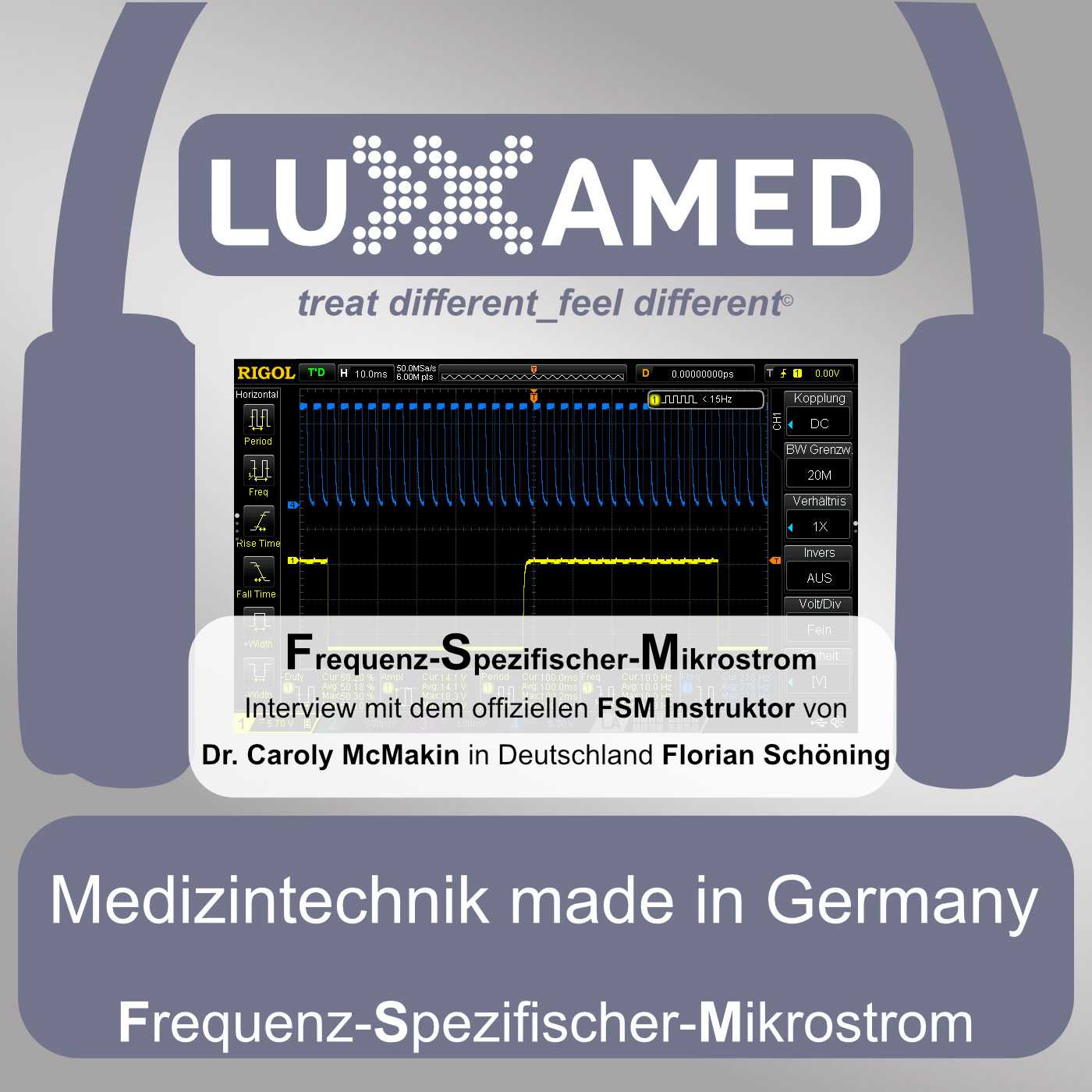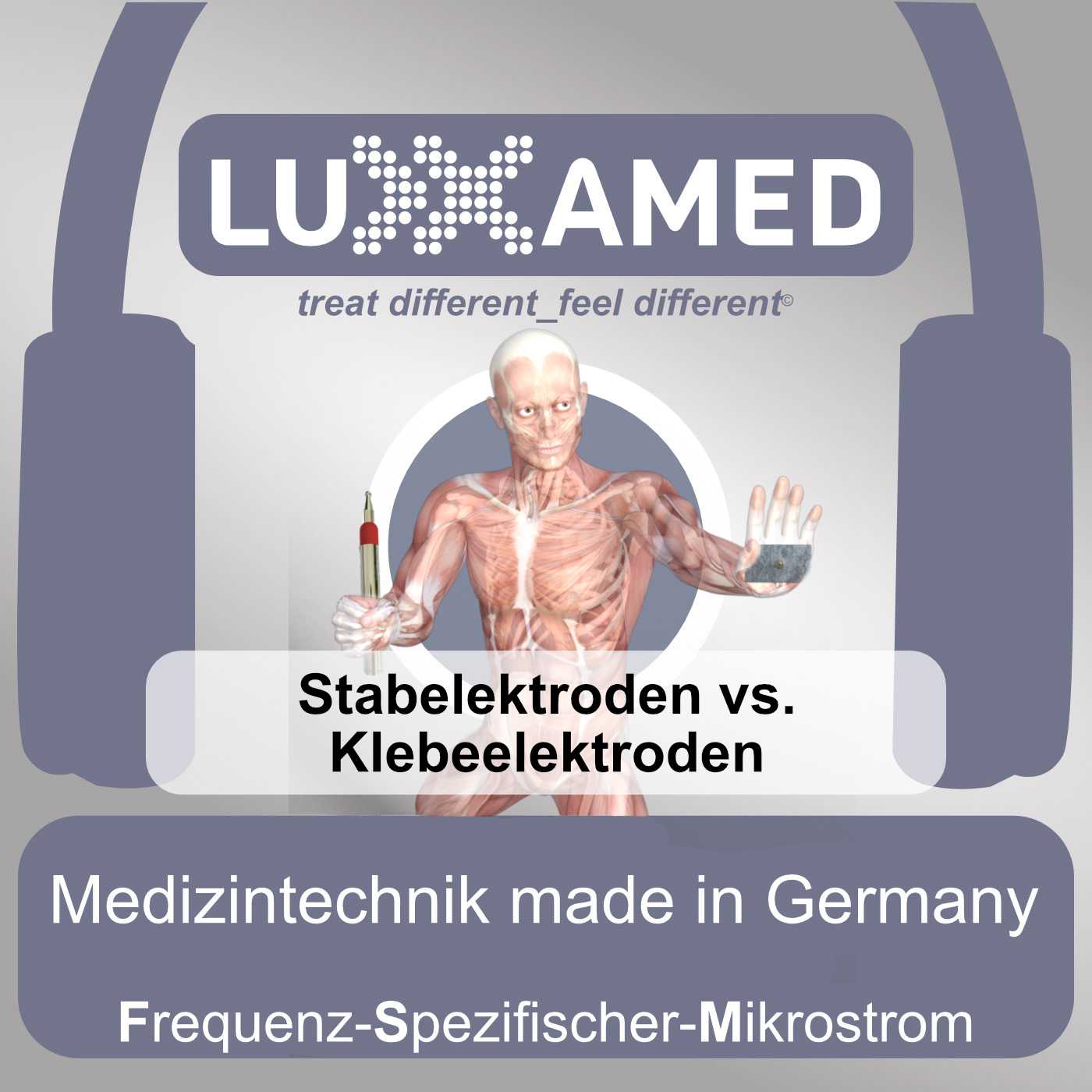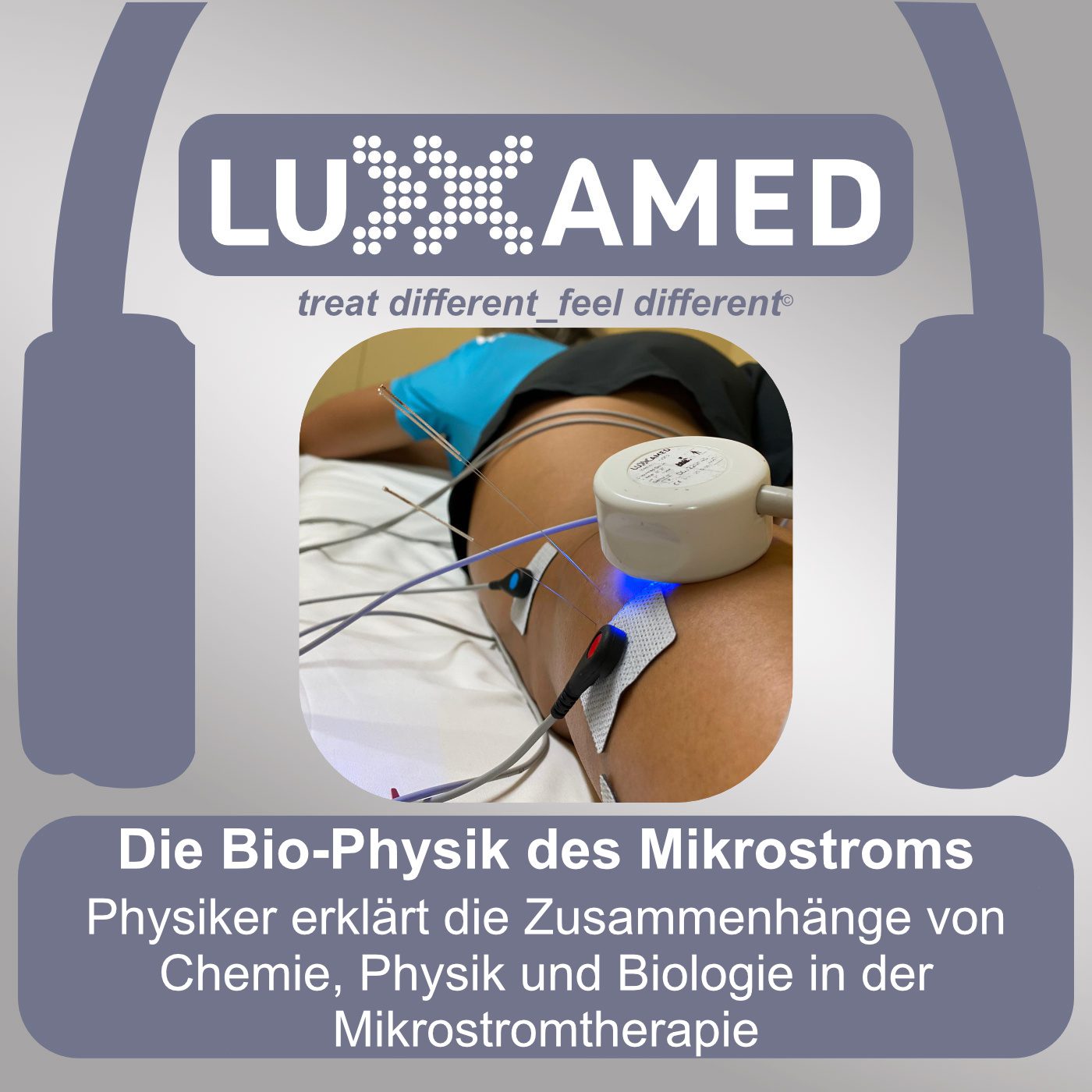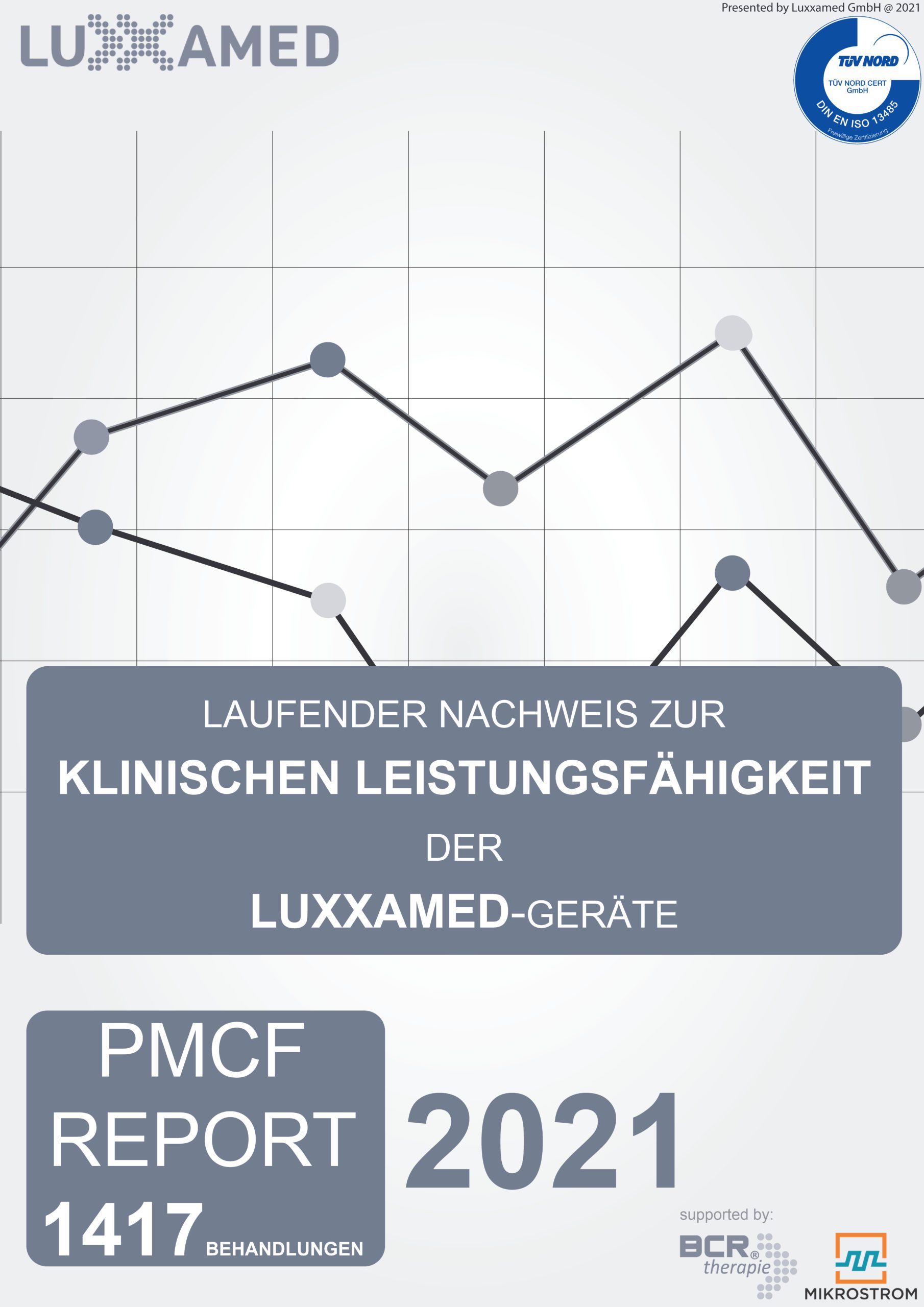Dieser Beitrag ist auch verfügbar auf:
![]() Deutsch
Deutsch
Biohacking - the 'do-it-yourself' science to the best version of ourselves
Cybernetic microcurrent of a form of biohacking
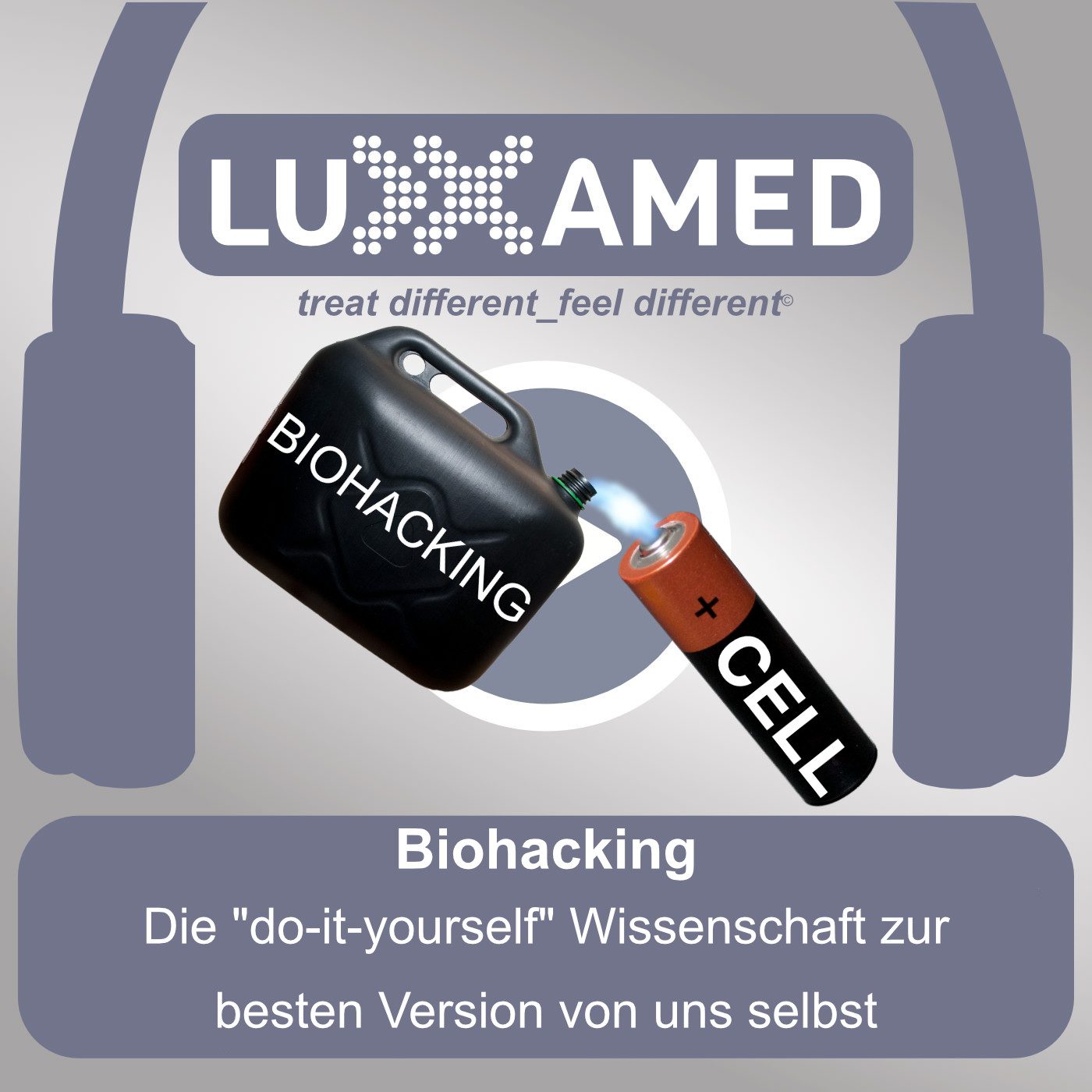
The combination of biology and state-of-the-art technology =Biohacking! The biohacking scene is also gaining more and more followers in Germany. Probably also due to the social media hype, especially around the Instagram platform, the 'wave' of self-optimisation techniques is – how could it be otherwise – spilling over from the USA ?? to Germany ??.
The biohackers' meta-programme is comparable to that of the computer hackers. In the end, the aim is to accelerate the limits of performance, slow down ageing, increase regenerative capacity and thus health. Aids such as fitness trackers, smartwatches, red light blocks ? or cold saunas with up to – 180°C ? are comparatively the simplest technological helpers. (Naumann, 2020)
In short: It is measured with regard to e.g. sleep optimisation and then adjusted (this is where the 'hack' comes into play), measured again and further adjusted. In this way, biohackers follow the same strategy as a quality manager who works according to the principle of CIP (continuous improvement).
When it comes to biohacking, there is no getting around one person. The US-American Tim Ferriss with his 'Tim Ferriss Show' is the author of, among others, the bestseller 'The 4-Hour Body', the 'Tools of the Titans' and other works that revolve around the topic of self-optimisation and biohacking. (David, 2020)
By his own admission, the podcast of the original biohacker, Tim Ferriss, has cracked the 700 million download mark in 2021. This makes him undisputedly one of the most successful podcasters in the world. (Ferriss, 2021)
But what exactly is biohacking and what do the science portals say about it?
“This is like Disneyland for adults!" (Moschel, 2014) – that's a nice idea of what biohackers do all day long, isn't it?? No, the whole issue is not quite that striking after all. On the contrary, biohacking is not only a rapidly growing industry, but also offers individuals insights into how to optimise their own lives and health in order to achieve their own goals more quickly and easily.
Browsing PubMED, one finds Yetisen (2018) in the biotechnology category:
“Biohacking is a do-it-yourself citizen science that combines body modification with technology. Biohackers' motivations include cybernetic exploration, personal data collection, and advocacy for privacy rights and open-source medicine. The emergence of a biohacking community has influenced discussions about cultural values, medical ethics, safety and consent in transhumanist technology." (Yetisen, 2018)
What does biohacking have to do with microcurrent therapy and vice versa?
German biohackers have also already addressed the issue of microcurrent. According to the research and postings in the social media, with the classical or static application of microcurrents with the inclusion of specific frequencies, cf. McMakin et al. In other words, an application form of microcurrent therapy or a wellness device technology (i.e. not a medical product) from around 2007 and therefore not to be compared with modern measurement and therapy technology. Nevertheless, the intellectual approach, or rather the intellectual perspective behind it, is interesting.
Admittedly: That biohacking has something to do with microcurrent therapy or that microcurrent therapy has something to do with biohacking is indeed a way of looking at things that is not to be despised.
Especially the field of regenerative medicine is an essential part of microcurrent therapy. For example, Piras (2021) found “that microcurrent application with a frequency range of 25-50 Hz combined with aerobic exercise resulted in a significant decrease in subcutaneous abdominal fat thickness through lipolysis stimulation. In addition, the majority of studies conducted with MENS reported a significant reduction in delayed-onset muscle soreness after strength training." (Piras, Zini, Trofè, Campa & Raffi, 2021, p. 2)
A measurement tool that is also frequently used in the field of biohacking is heart rate variability (HRV) measurement. “Heart rate variability (HRV) refers to fluctuations in heart rate from beat to beat, over a shorter (minutes) or longer period of time (up to 24 hours). HRV is a measure of the neurovegetative activity or autonomic function of the heart." (Löllgen, 1999)
HRV shows a change in the autonomic conditions, which give an indication of the sympathetic and parasympathetic nervous system. (Löllgen, 1999)
In the Piras (2021) study, the HRV measurement instrument was also used. “In the present study, we found significantly different effects on autonomic nervous system parameters, with a higher increase in vagal reactivation (RMSSD and HF band of the HRV frequency spectrum) after MENS compared to sham exposure. Moreover, sympathovagal balance, assessed by the LF/HF ratio, was shifted towards a state of parasympathetic predominance and showed a faster recovery after stimulation treatment than in the control condition." (Piras et al., 2021, p. 11)
Another measurement is the so-called bio-impedance analysis (BIA). In this field, too, measurement results can be used to assess the optimisation of body, health and regeneration status after an appropriate hack.
In a study by Barassi et al. (2020) on the application of microcurrent therapy, precisely this measurement procedure was used. The health-related “quality of life" changed statistically significantly through the application of Luxxamed microcurrent therapy. The patients' statements correlated with the measurement of the bio-impedance analysis (BIA) where a reduction of body mass and the water content in the tissue could be recorded. (Barassi et al., 2020, p. 86)
The biohack in microcurrent therapy – cybernetic microcurrent therapy with LED light
.
Biohacking is the 'science' of steady [test, adapt, apply, test, adapt, apply….]. Thus, it is clear that a simple application of currents in the millionths of an ampere range (10-6 amps) involving fixed frequency protocols, does not quite fulfil the purpose of biohacking, especially as this form of technology is already over 15 years old.
A procedure is needed that can follow the biohacker's metaprogram and thus be understood as 'cybernetic' or 'interactive' microcurrent therapy. Studies such as Wetzel & Karutz (2013) show that an additional application of a specific LED light therapy can increase the effect of a microcurrent application.
Wetzel et al. (2013) conducted a study on the LED light therapy of the Luxxamed HD2000 at the Fraunhofer Institute FEP for Plasma and Radiation Technology. The influence of Luxxamed LED light therapy on human cells was investigated. One criterion was the hypothesis that the LED light therapy has an influence on inflammation in human cells. The subject of the investigation were skin and connective tissue cells in which an inflammatory reaction was triggered with bacterial lipopolysaccharide. As a result, a 20-minute treatment of the human cells caused a suppression of the inflammatory reaction.
Specifically, IL-8 was found to be reduced by up to 21.3% and IL-6 by up to 17.8. This proves that Luxxamed LED light therapy has a significant anti-inflammatory effect. (Wetzel & Karutz, 2013, p. 13)
The application of an interactive procedure of microcurrent therapy, in which the currents are parameterised by a measurement and constantly adapt to the change in the tissue, thus comes much closer to the 'thinking' of the biohackers.
The simultaneous addition of LED light, which is also parameterised via the measurement method of microcurrent therapy, can have an additional positive influence on the results of therapy and regeneration.
“In clinical applications and studies, I was able to establish correlations between metabolic (thermodynamic) states, their measurability as well as their statement on clinical applicability and implement and verify them in practice. I succeeded in reconstructing previous studies with regard to their statements on microcurrent effects in their clinical efficacy and applicability and to expand them with new algorithms, which serve as a basis for clinical application. This knowledge is constantly being expanded and clinically verified." (Voracek, 2018)
Conclusion
.
The source of motivation of biohacking lies virtually in every human being and is shaped by evolution. Higher, faster and further are the maxims of this approach to self-optimisation and, in many cases, self-actualisation. The application of microcurrents with an intelligent measuring procedure and an algorithm that contributes to a constant adjustment and control of the therapy fits quite exactly into the understanding of a biohack.
Thus, it can be said that the cybernetic (interactive) use of microcurrent and the combined application of LED light in therapy and regeneration is a hack in itself. Rigid systems where only specific frequencies are entered or prefabricated frequency protocols are played are no longer state of the art and actually contradict the approach of biohacking.
Literature
Barassi, G., Younes, A., Di Felice, P. A., Di Iulio, A., Guerri, S., Prosperi, L. et al. (2020). Microcurrents in the treatment of chronic pain: biological, symptomatological and life quality effects. Journal of Biological Regulators and Homeostatic Agents, 34(4). https://doi.org/10.23812/20-166-L
David (Eat Move Hack, ed.). (2020). Top Biohackers and What to Learn From Them. Accessed 17.12.2021. Available at: https://www.eatmovehack.com/top-biohackers-and-what-to-learn-from-them/
Ferriss, T. (2021). How I Built The Tim Ferriss Show to 700+ Million Downloads. Accessed 17.12.2021. Available at: https://tim.blog/2021/10/14/how-i-built-the-tim-ferriss-show-podcast/
Löllgen, H. (Dtsch Artzebl, ed.). (1999). New methods in cardiac function diagnostics – heart rate variability. Accessed 21.12.2021. Available at: https://www.aerzteblatt.de/archiv/18505/Serie-Neue-Methoden-in-der-kardialen-Funktionsdiagnostik-Herzfrequenzvariabilitaet
Moschel, M. (2014). The Beginner's Guide to Biohacking. Plus, the top 7 biohacks from the Bulletproof Biohacking Conference. Accessed 25.11.2021. Available at: https://betterhumans.pub/the-beginners-guide-to-biohacking-5179b9967c16
Naumann, M. (Utopia GmbH, ed.). (2020). Biohacking: Simple means to more energy and health. Accessed 25.11.2021. Available at: https://utopia.de/ratgeber/biohacking-einfache-mittel-fuer-zu-mehr-energie-und-gesundheit/
Piras, A., Zini, L., Trofè, A., Campa, F. & Raffi, M. (2021). Effects of Acute Microcurrent Electrical Stimulation on Muscle Function and Subsequent Recovery Strategy. International Journal of Environmental Research and Public Health, 18(9). https://doi.org/10.3390/ijerph18094597
Voracek, V. (2018). Cybernetic therapy of metabolism (BCR). There is a self-conditional dependence between structure, function,metabolism and the psyche. Accessed 24 Aug. 2019. Available at: https://www.docvoracek.de/leistungsspektrum/
Wetzel, C. & Karutz, A. (2013). Final report Determination of the influence of nanophoton technology on in vitro cell cultures (Fraunhofer FEP, ed.).
Yetisen, A. K. (2018). Biohacking. Trends in Biotechnology, 36(8), 744-747. https://doi.org/10.1016/j.tibtech.2018.02.011

